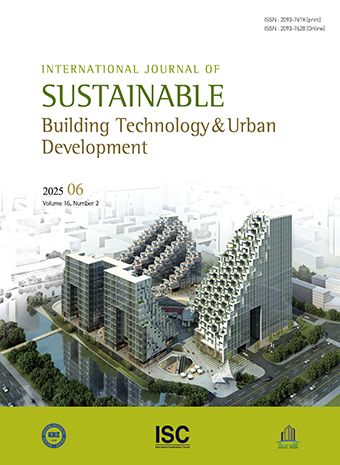General Article
Abstract
References
Information
A.T. Nguyen, N.S.H. Truong, D. Rockwood, and A.D. Tran Le, Studies on sustainable features of vernacular architecture in different regions across the world: A comprehensive synthesis and evaluation. Front. Archit. Res. 8(4) (2019), pp. 535-548, DOI: 10.1016/j.foar.2019.07.006.
10.1016/j.foar.2019.07.006
Google Earth, Satellite View Online], 2022, Available at: https://earth.google.com/web/search/postane+sokak+rla/@38.3211924,26.7661982,75.97410778a,807.49717705d,35y,0h,45t,0r/data=Cn0aUxJNCiUweDE0YmI5MzY0MTMwYjJhYWQ6MHhlODgwYTU0YmRkNDljMWE0GaTcItUcKUNAIQpBs5AlxDpAKhJwb3N0YW5lIHNva2FrIHVybGEYAiABIiYKJAkuMOF948YxQBFkpouc-nEcQBkZYs96A4QhQCEcio9tIGAswCgC [Accessde: 01/06/2022].
M. Mao and Z. Wenyan, Research and Practice of Agricultural Cultural Tourism and Vernacular Landscape Design under the Background of Rural Revitalization: a Case study of Jinse Time Agricultural Park in Fu'an Village, Dianjun District, Yichang. J. Landsc. Res. 13(6) (2021), pp. 37-47, DOI: 10.16785/j.issn1943-989x.2021.6.009.
- Publisher :Sustainable Building Research Center (ERC) Innovative Durable Building and Infrastructure Research Center
- Publisher(Ko) :건설구조물 내구성혁신 연구센터
- Journal Title :International Journal of Sustainable Building Technology and Urban Development
- Volume : 14
- No :1
- Pages :18-34
- Received Date : 2022-08-22
- Accepted Date : 2023-03-28
- DOI :https://doi.org/10.22712/susb.20230003




 International Journal of Sustainable Building Technology and Urban Development
International Journal of Sustainable Building Technology and Urban Development










